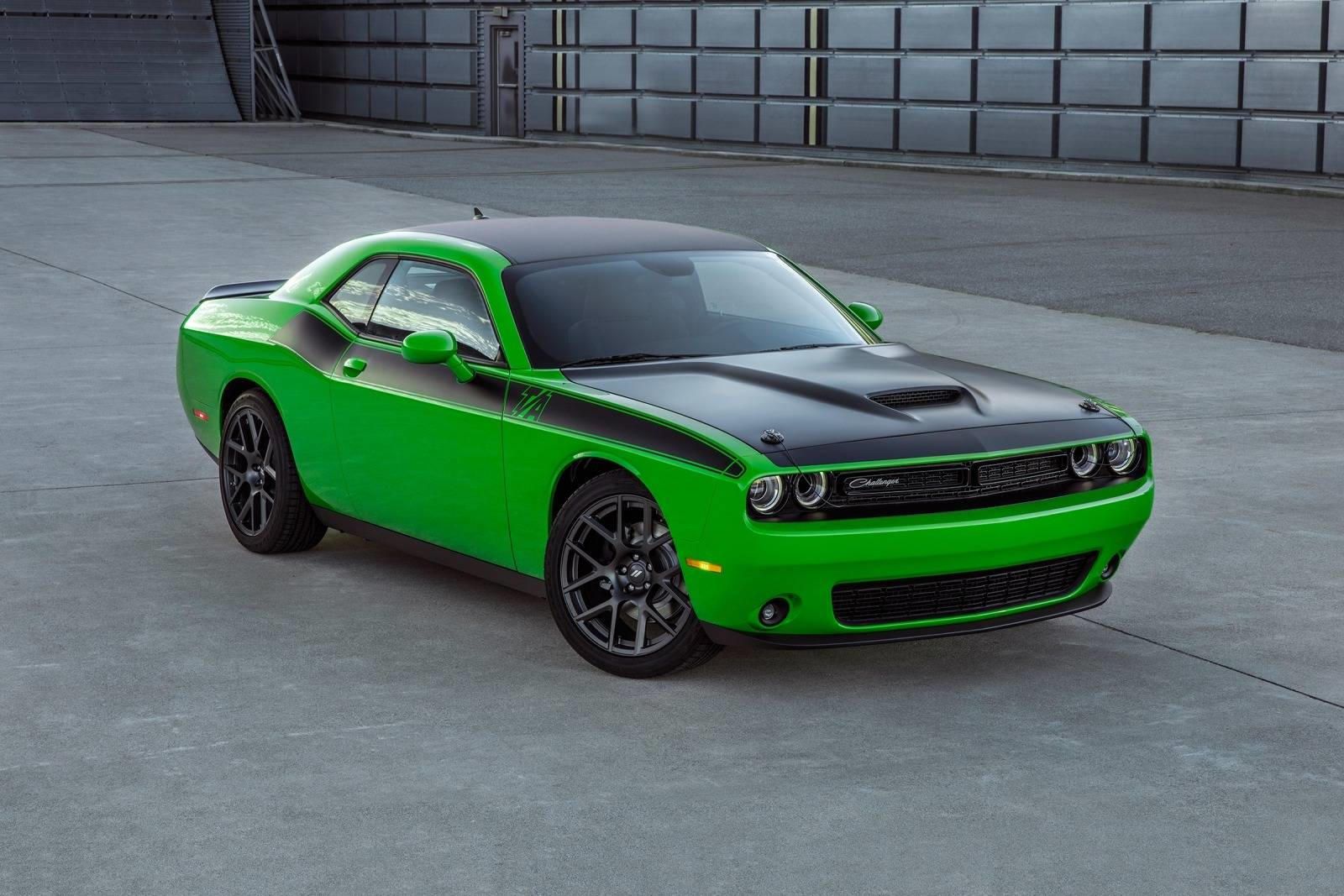
You'll find it under the hood of nearly half of all Chrysler, Dodge, Jeep, and Ram vehicles. While the Hemi V8s and Hellcat V8 typically take center stage, let's not forget about the 3.6-liter Pentastar V6. The automaker has just announced it has built its 10-millionth Pentastar V6, which was first introduced in 2010 for the 2011 model year and has since undergone numerous updates. It will soon be available in 16 FCA models across five brands in a total of 10 vehicle segments.
Though many may clamor for a V8-powered Dodge Challenger or Charger, there's still a large number of buyers opting for the V6-powered variants for a variety of reasons, among them better fuel economy and a lower sticker price.
The V6's 305 hp and 270 lb-ft of torque is also more than sufficient. You'll also find the Pentastar V6 powering the Dodge Durango, Chrysler 300 and Pacifica, and Jeep Wrangler and Grand Cherokee. For 2019, the second-generation version was adapted to accommodate the eTorque mild-hybrid system for the Ram 1500 where it not only improves fuel economy but also increases torque by up to 90 lb-ft, in short bursts.
"The Pentastar family has all the hallmarks of an enduring icon," said Bob Lee, Head of Engine, Powertrain and Electrified Propulsion at FCA North America. "We upped the ante among high-volume, mainstream-market V6 engines. And our customers won big."
The Pentastar V6 was a big deal for FCA at the time of its launch because it replaced seven different engine families. Not only did this make life easier for the automaker in general, but it also drastically improved economies of scale. While there have been a few rumors claiming the Pentastar V6 may soon be replaced with a turbocharged V6 or even a twin-turbo four-cylinder, FCA has shown no signs of scaling down its production output. The sheer number of vehicles it currently powers is proof.
